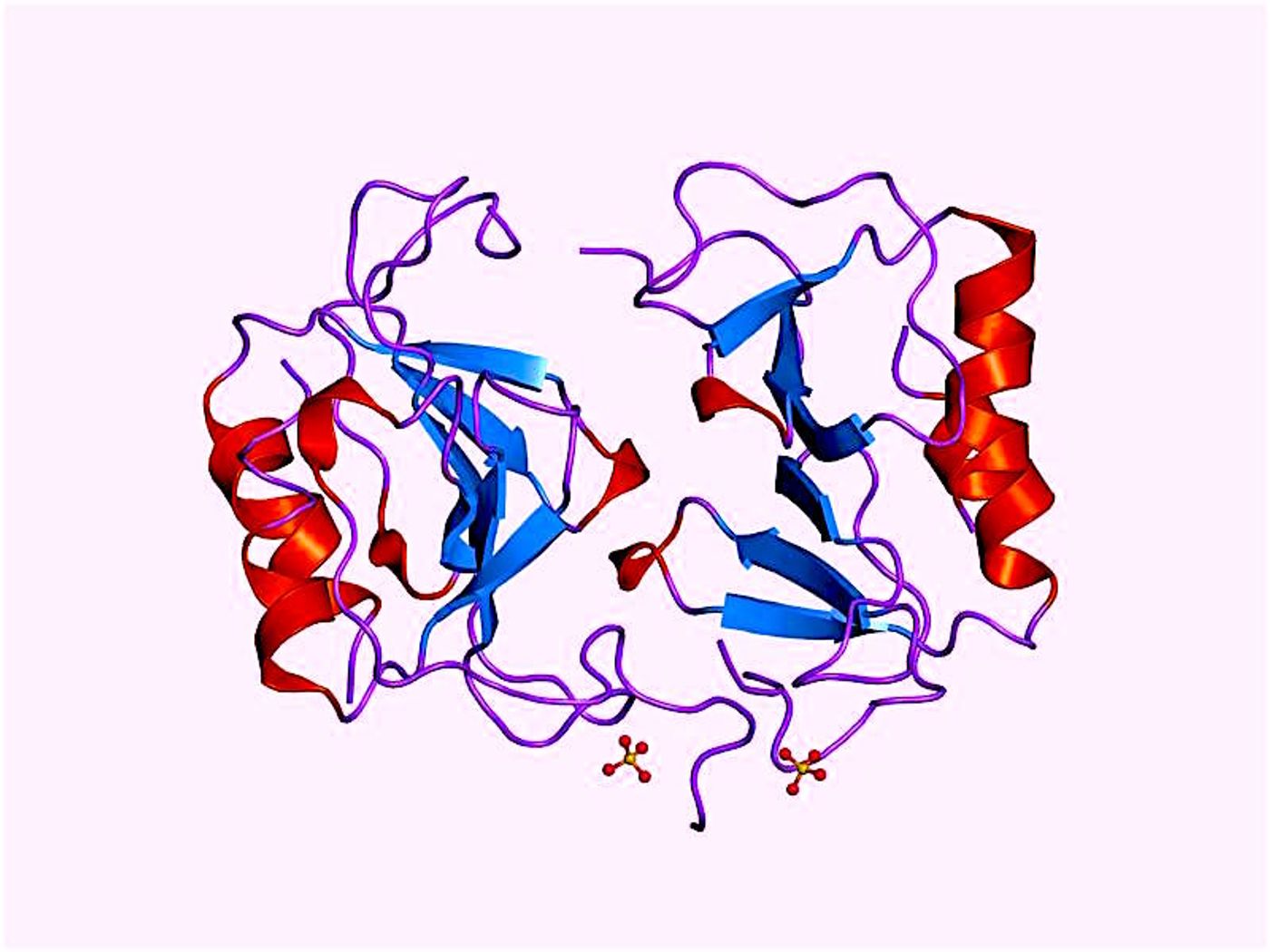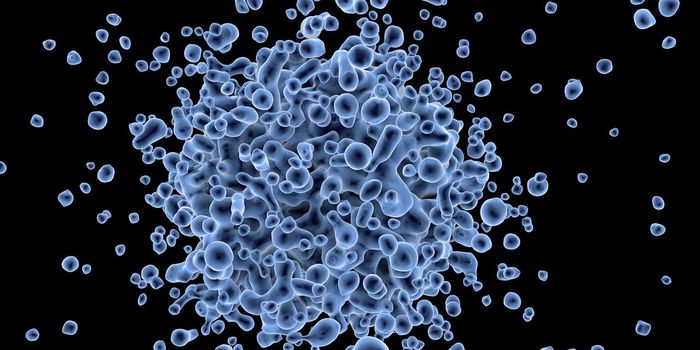A
report in the journal Blood revealed that scientists have found a protein that may diagnose chronic graft-versus-host disease (cGVHD), a common side effect of an allogeneic bone marrow transplant.
cGVHD is one type of graft-versus-host-disease, the other being acute. It is a serious problem that can be life threatening. It usually occurs three to six months following a transplant although symptoms can appear outside of that time range. Having some GVHD is ok, as it indicates the patient’s immune system is working to kill any cancer cells that are left. Early diagnosis of a case of cGVHD is vital to preventing life-long complications from the disease. Below, Mayo Clinic hematologist Dr. Shahrukh Hashmi talks about GVHD.
At present, no such diagnostic test exists for it, but researchers working at Michael Cuccione Childhood Cancer Research Program at BC Children's Hospital and the University of British Columbia think they may have found a candidate protein. Investigators detected elevated amounts of a protein called CXCL10 in the blood of transplant recipients at around the same time they developed cGVHD. Checking the levels of this protein in transplant patients may provide the early clue physicians urgently need.
"Diagnostic tests are desperately needed to make blood and marrow transplants safer," says the study leader, Dr. Kirk Schultz of BC Children's Hospital and Professor in the Department of Pediatrics at the University of British Columbia. "At this time, there are no good tests to diagnose cGVHD and the disease can only be identified too late when it is already established. If we can diagnose it earlier and better, then treatments can be used to stop it before it becomes a chronic, disabling disease."
A blood and bone marrow transplant is the only effective treatment for some children suffering from childhood leukemia, and it’s after such a transplant that cGVHD develops. Immune cells in the donated blood and marrow cells see the recipient child's cells as foreign, and then launch an immune attack against them.
"A child with leukemia can be cured with a blood and marrow transplant but then has to suffer a life-long disease, cGVHD, which causes a major decrease in their life expectancy and quality of life," explains Dr. Schultz. The following video from Be the Match provides some information for patients who need to understand GVHD.
For this study, investigators compared blood samples from two groups of adults, one group of 180 without cGVHD, and one group of 170 that had developed the disease; they saw increased amounts of CXCL10. It is an inflammatory protein that appears to prevent the normal immune cells of a patient from fighting cGVHD.
There was variability in the test results, suggesting standardization of blood collection could be critical for perfecting the test. More data will be required before a diagnostic test could be used on patients, but it is encouraging that some biomarker for cGVHD may have been found.
Sources:
Blood,
Science Daily via
Child & Family Research Institute,
Bethematch.org,
Mayo Clinic









